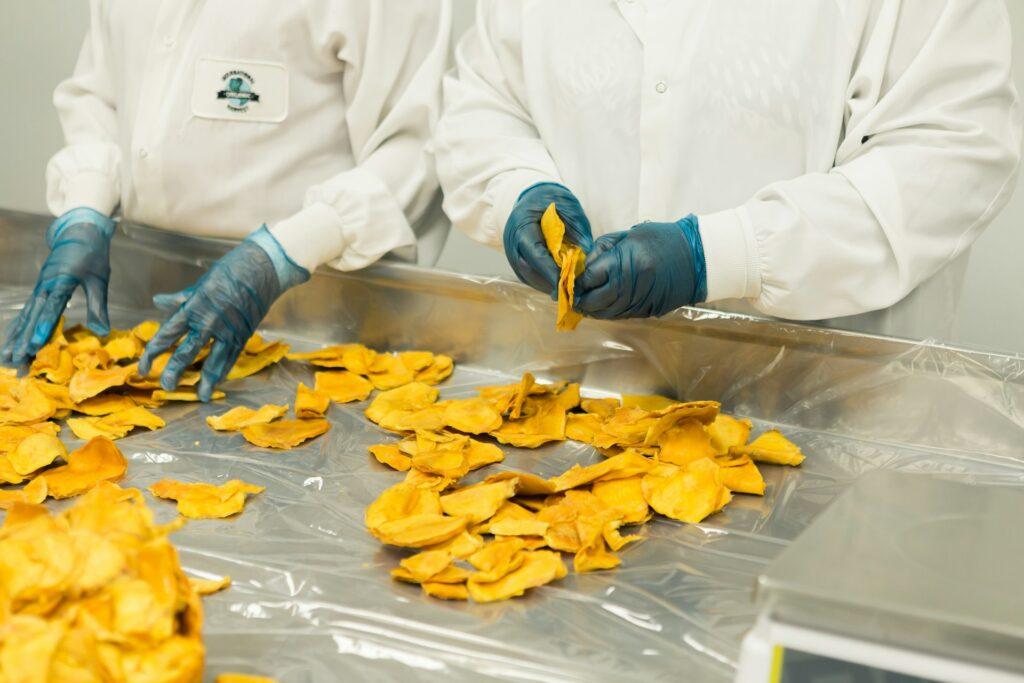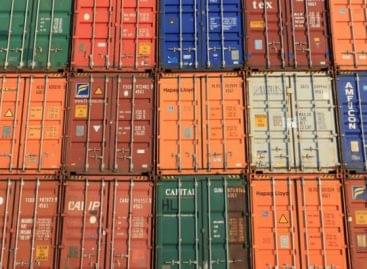The productivity of Hungarian companies is worse than anywhere else in the EU
According to a recent analysis by GKI Economic Research Ltd., Hungary’s manufacturing exports showed significantly lower growth than those of the countries in the region between 2010 and 2023. While Hungarian exports and related imports doubled in euros, manufacturing exports increased 2.9 times in Poland, 2.4 times in the Czech Republic, and 2.3 times in Slovakia, the Telex article points out.
The Visegrad countries are export-driven economies; even Poland, which has the largest domestic market, exported 58 percent of its GDP in 2023. In Hungary, this ratio is 81 percent, but the performance of manufacturing exports still lags behind its competitors.
One of the key elements of competitiveness is the level of wage costs. The depreciation of the forint has helped exporters by reducing domestic wage costs in euros. For exporting multinationals, labor costs measured in euros are an important factor, so changes in regional currency exchange rates play a key role in the export performance of individual countries.
Related news
Hungarian exports are gaining new momentum: medium-sized companies are increasingly managing exchange rate risk and opening up to new markets
🎧 Hallgasd a cikket: Lejátszás Szünet Folytatás Leállítás Nyelv: Auto…
Read more >Industrial production is still declining in Hungary, but it is growing in the EU
🎧 Hallgasd a cikket: Lejátszás Szünet Folytatás Leállítás Nyelv: Auto…
Read more >KSH: the foreign trade surplus in goods was 713 million euros in October; the volume of exports was 3.1 percent lower, and that of imports was 1.1 percent higher than in the same period of the previous year
🎧 Hallgasd a cikket: Lejátszás Szünet Folytatás Leállítás Nyelv: Auto…
Read more >Related news
Premium drink, premium literature
🎧 Hallgasd a cikket: Lejátszás Szünet Folytatás Leállítás Nyelv: Auto…
Read more >Responsible Gastro Hero Foundation: a sourdough and kombucha sharing campaign
🎧 Hallgasd a cikket: Lejátszás Szünet Folytatás Leállítás Nyelv: Auto…
Read more >Style, language and tools
🎧 Hallgasd a cikket: Lejátszás Szünet Folytatás Leállítás Nyelv: Auto…
Read more >








